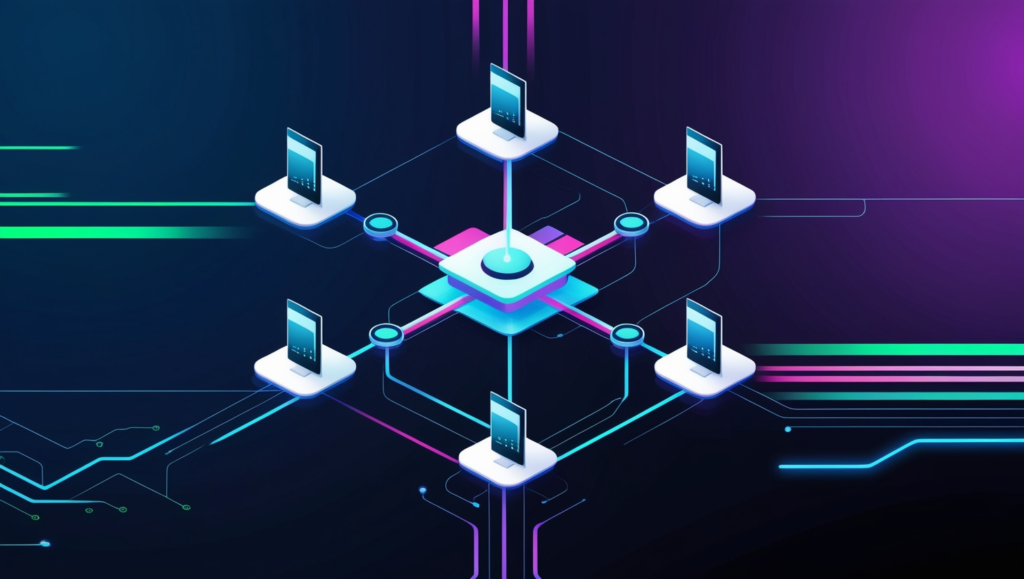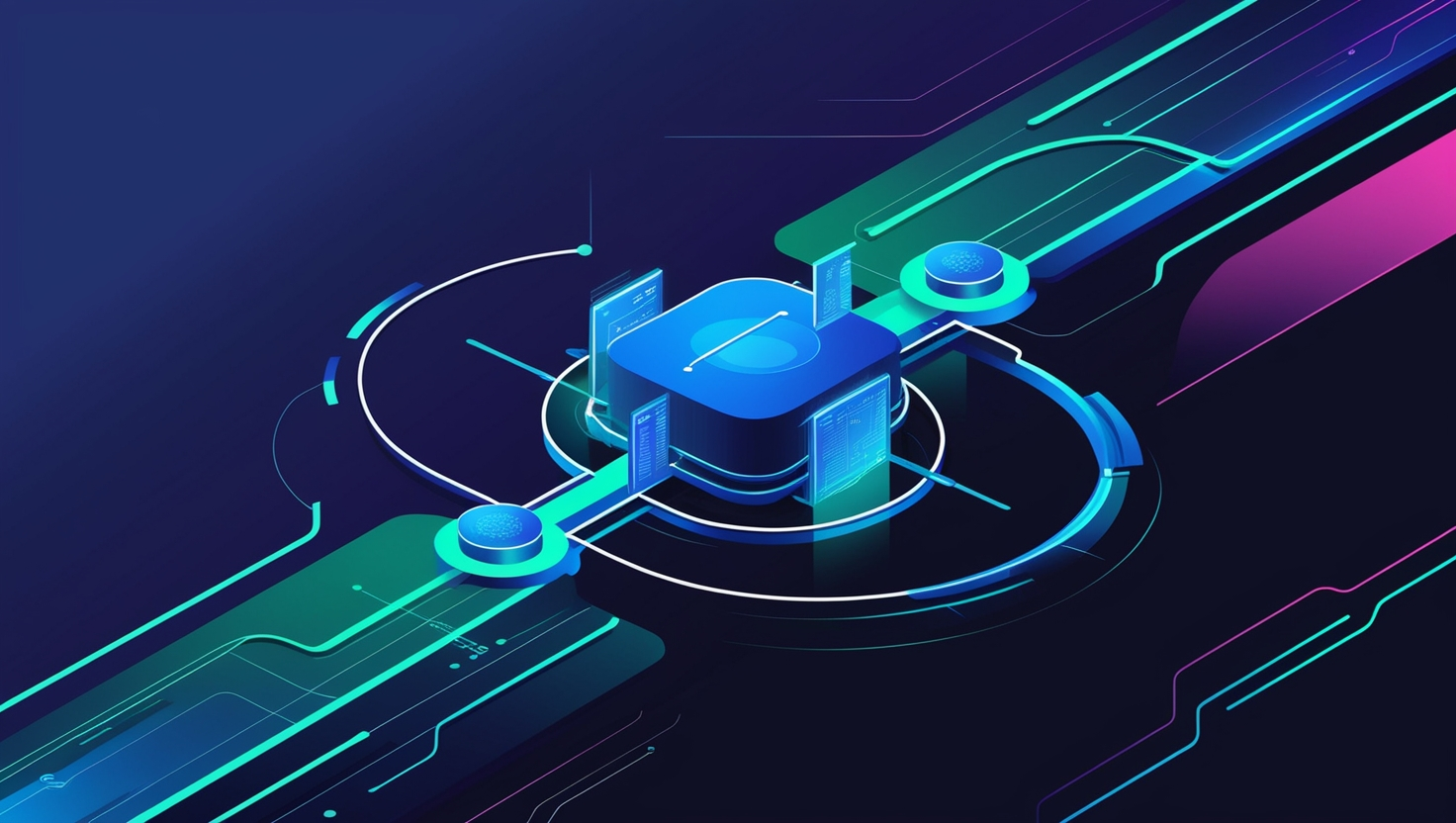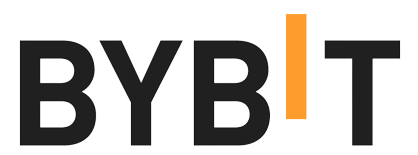Discover how Layer 2 solutions boost blockchain scalability by processing transactions off-chain, reducing congestion, and cutting costs for enhanced efficiency. Explore Optimism and zk-Rollups in the Ethereum network, improving transaction speed and lowering fees.
Layer 2 solutions address blockchain scalability by processing transactions off-chain, reducing congestion and lowering costs. This article explores types like Optimism Layer 2 and zk-Rollups, detailing how they enhance speed and efficiency within the Ethereum network.
Understanding Layer 2 Solutions
Layer 2 solutions are like the secret sauce that makes blockchain networks more efficient. They operate atop the blockchain, enhancing speed and efficiency without altering the underlying technology. Their primary role is to tackle the scalability issues that plague many blockchain networks by processing transactions off-chain, thus reducing the load on the main blockchain. This not only improves transaction throughput but also significantly lowers operational costs, making the network more efficient.
Leveraging the security, trust, and ecosystem benefits of Layer 1 blockchains, Ethereum Layer 2 solutions redirect most transactions away from the mainnet, thus reducing congestion and improving efficiency. Think of it like lifting heavy traffic off the main roads and onto a high-speed expressway above – the main roads (Layer 1) are less congested, and the elevated expressways (Layer 2) handle the bulk of the traffic seamlessly.
How Layer 2 Solutions Improve Blockchain Networks
Layer 2 scaling solutions are game-changers in the blockchain world. Processing transactions off-chain while recording only final results on-chain significantly reduces the load on the primary blockchain. This process involves locking a state on the main blockchain, performing operations off-chain, and then updating the state with the results, which alleviates congestion and enhances transaction speeds.
These solutions not only help in reducing network congestion but also lower gas fees, making the network more efficient and accessible. For example, state channels allow multiple off-chain transactions between two parties without requiring confirmation from miners, which exponentially increases blockchain throughput. Overall, Layer 2 solutions are anticipated to significantly boost both the scalability and security of blockchain networks.
Types of Layer 2 Scaling Solutions
The world of Layer 2 scaling solutions is vast and varied, offering multiple approaches to tackle the scalability trilemma. These solutions were developed to increase the transaction capacity of blockchains, enabling them to handle more transactions without changing the core protocol. From rollups and state channels to side chains and plasma chains, each solution has its unique mechanism to enhance Layer 2 scalability.
Emerging technologies like zk-Rollups and sharding are also making waves, vying for a spot in the scalability race. However, despite the competition, Layer 2 solutions continue to stand out by providing the necessary infrastructure to alleviate scalability issues and enhance the overall efficiency of blockchain networks.
Optimistic Rollups
Optimistic Rollups are like the overachievers of the Layer 2 world. They aggregate transactions before verification, offering significantly better throughput than traditional Layer 1 solutions. By allowing transactions to proceed without immediate verification, they improve efficiency, although this can sometimes result in slower processing due to the need for data verification before inclusion.
These rollups use fraud proofs as their primary mechanism to validate transactions and transaction data, ensuring transaction validity. If a fraudulent transaction is detected, a fraud-proof is executed, penalizing the sender. This ensures that only valid transactions are included, maintaining the security and integrity of the blockchain.
Despite the potential delays, the security and efficiency benefits make optimistic rollups a popular choice for scaling blockchain networks.
Zero-Knowledge Rollups
Zero-Knowledge Rollups, or zk-Rollups, take a different approach compared to Optimism. They consolidate transactions off the main blockchain and generate cryptographic proof to validate them. This method allows for faster processing and reduced gas fees, as it avoids the need to process entire data on the main blockchain.
One of the standout features of zk-Rollups is their emphasis on privacy and efficiency. By using cryptographic proofs, they ensure that the underlying transaction details remain private while still validating the transactions. This not only enhances transaction throughput but also maintains the integrity and security of the blockchain. As a result, zk-Rollups are increasingly being adopted for their ability to provide scalable and secure transaction processing.
When considering Optimism vs. zk-Rollups, it’s important to note that while Optimism relies on fraud proofs for transaction validation, zk-Rollups leverage cryptographic proofs, offering quicker and more private transactions. This makes zk-Rollups an attractive option for those prioritizing speed and privacy in their blockchain solutions.
State Channels
State Channels represent an innovative Layer 2 solution. They enable two parties to conduct transactions off-chain, avoiding the need to record every transaction on the main blockchain. Think of it as a private, two-way communication channel where participants can conduct numerous transactions without involving a third party.
These channels significantly decrease the need for on-chain confirmations, thereby reducing congestion and improving transaction speeds. Once the transactions are confirmed, the final state of the channel is added to the blockchain, ensuring that the main blockchain remains efficient and less burdened.
Side Chains
Side Chains offer a unique approach by allowing for flexible governance and consensus rules. They enable tokens to be moved between blockchains using a two-way peg, where tokens are locked on the main chain and minted on the side chain.
These side chains can operate with their own consensus mechanisms, allowing for experimentation and adjustments without affecting the main blockchain’s stability. This flexibility makes side chains an attractive option for specific use cases that require tailored governance and consensus rules.
Plasma Chains
Plasma Chains enhance scalability by creating smaller, hierarchical blockchains that offload transaction processing from the main chain. These child chains operate independently, allowing for parallel processing of transactions, which significantly reduces congestion on the main blockchain.
Using Plasma Chains enables the main blockchain to handle a larger volume of transactions more efficiently, ensuring that the network remains scalable and performant. This approach not only improves transaction throughput but also maintains the security and integrity of the primary blockchain.
Popular Layer 2 Solutions in the Ethereum Ecosystem

The Ethereum ecosystem has seen a surge in Ethereum Layer 2 solutions designed to enhance its performance and scalability. Prominent solutions like Optimism, Arbitrum, and Polygon offer unique features that address Ethereum’s scalability issues. These solutions have been instrumental in reducing transaction costs and making decentralized finance (DeFi) services more accessible to users.
Layer 2 scaling Ethereum solutions are critical in addressing Ethereum’s scalability challenges, enabling higher throughput and reduced gas fees. As the Ethereum ecosystem continues to grow, these solutions play a vital role in ensuring that the network remains efficient and scalable.
Arbitrum
Arbitrum utilizes optimistic rollup technology to improve transaction efficiency while maintaining the security of the Ethereum blockchain. Leveraging the underlying blockchain, Arbitrum ensures the integrity of off-chain transactions, making it a reliable solution for scaling Ethereum.
This approach not only enhances transaction speeds but also reduces costs, making it an attractive option for developers looking to build scalable decentralized applications on the Ethereum network.
Optimism
Optimism is designed to enhance scalability and reduce costs for Ethereum applications. Its OP Mainnet seamlessly integrates with existing Ethereum applications, ensuring they run more affordably and efficiently.
Optimism’s EVM compatibility enables developers to transition their Ethereum projects effortlessly, fostering scalability across the ecosystem. This makes it a popular choice for developers looking to scale their applications without compromising on performance or security, especially when utilizing the Optimism Ethereum network.
zkSync
zkSync aims to enhance Ethereum’s scalability while preserving decentralization and self-sovereignty. Utilizing ZK technology, zkSync processes transactions efficiently and securely, making it a valuable addition to the Ethereum ecosystem. This approach not only increases throughput but also maintains the core principles of decentralization and self-sovereignty that are fundamental to the Ethereum network.
Polygon
Polygon offers a comprehensive suite of tools for developers, enabling the creation of diverse, high-performance dApps. Utilizing plasma chains, Polygon enhances transaction throughput and scalability, making it a prominent solution in the Ethereum ecosystem. This approach not only improves performance but also ensures that decentralized applications can scale effectively, providing a better user experience.
Emerging Layer 2 Solutions and Innovations
As the blockchain landscape continues to evolve, new Layer 2 blockchain solutions and innovations are emerging. Technologies like Mantle Network and t3rn offer unique features that enhance scalability and efficiency. These solutions are designed to provide developers with the tools they need to build scalable decentralized applications.
Substantial funding and growing interest position these emerging Layer 2 blockchain solutions to make a significant impact on the blockchain ecosystem. As they continue to develop, they will play a crucial role in addressing the scalability challenges faced by blockchain networks.
Starknet
Starknet is a zero-knowledge rollup solution that scales decentralized applications without compromising security. Leveraging zero-knowledge proofs, Starknet ensures quick transaction verification, enhancing the scalability of decentralized applications. This approach not only improves scalability but also maintains the security and reliability of transactions, making Starknet an attractive option for developers looking to build scalable decentralized applications.
Scroll
Scroll focuses on security and scalability through zero-knowledge proofs, ensuring both scalability and privacy. Having secured significant funding, Scroll is well-positioned to enhance its development and implementation of Layer 2 solutions.
This approach not only enhances scalability but also ensures that transactions remain secure and private, making Scroll a valuable addition to the blockchain ecosystem.
Linea
Linea has secured significant funding, positioning it well for future development and scalability enhancements. Its architecture provides seamless integration with the Ethereum ecosystem, facilitating easier deployment of decentralized applications. This approach not only enhances scalability but also ensures that developers can build and deploy decentralized applications more efficiently, making Linea an important player in the blockchain ecosystem.
The Future of Layer 2 Solutions
The future of Layer 2 solutions looks promising, with increased innovation and adoption expected. As the need for scalability grows due to the proliferation of dApps and NFTs, Layer 2 solutions will play a crucial role in alleviating Ethereum’s scalability challenges.
Ongoing development of technologies like sharding and faster Layer 1 blockchains will continue to drive innovation in the Layer 2 space. However, the unique advantages offered by Layer 2 solutions, such as lower transaction costs and reduced congestion, make them an appealing choice for decentralized applications.
Impact on Decentralized Finance (DeFi)
Layer 2 solutions have a significant impact on decentralized finance (DeFi) by managing gas fees and offloading transactions from the main blockchain. This allows the main blockchain to focus on critical tasks like security and decentralization, ensuring that DeFi services remain accessible and efficient.
Solutions like Plasma Chains and zkSync enhance scalability and performance, providing a better user experience for DeFi applications. As the DeFi ecosystem continues to grow, Layer 2 solutions will play an increasingly important role in ensuring its scalability and efficiency.
Competition from Other Scaling Technologies
Layer 2 scaling solutions face stiff competition from other emerging scaling technologies like sharding and faster Layer 1 blockchains. Sharding aims to increase blockchain scalability by dividing the blockchain into smaller pieces, or “shards,” which can process transactions in parallel. This method requires significant changes to how data is managed across nodes but promises to achieve unlimited scale by distributing the workload.
On the other hand, faster Layer 1 blockchains like Solana and Near offer high transaction speeds and lower latency, posing a significant challenge to Layer 2 solutions.
Despite these challenges, Layer 2 solutions provide unique advantages such as lower transaction costs and reduced congestion, making them particularly appealing for decentralized applications that require high throughput and low fees. Ultimately, Layer 2 solutions complement Layer 1 blockchains, allowing them to focus on security and decentralization while enhancing transaction throughput.
Summary
Layer 2 solutions are indispensable in the quest for blockchain scalability and efficiency. By processing transactions off-chain, they alleviate congestion on the main blockchain, reduce gas fees, and enhance transaction speeds. Various types of Layer 2 scaling solutions, including Optimistic Rollups, Zero-Knowledge Rollups, State Channels, Side Chains, and Plasma Chains, each contribute uniquely to improving blockchain networks.
Popular Layer 2 solutions in the Ethereum ecosystem, such as Arbitrum, Optimism, zkSync, and Polygon, have already demonstrated significant improvements in scalability and cost-efficiency. Emerging innovations like Starknet, Scroll, and Linea are poised to further advance the capabilities of Layer 2 solutions, ensuring that the blockchain ecosystem continues to evolve and adapt to growing demands.
As we look to the future, the impact of Layer 2 solutions on decentralized finance (DeFi) and their competition with other scaling technologies highlight their critical role in the blockchain landscape. By addressing scalability issues and enhancing performance, Layer 2 solutions pave the way for the widespread adoption and success of blockchain technology. The journey is far from over, and the evolution of Layer 2 solutions will undoubtedly shape the future of the decentralized world.







